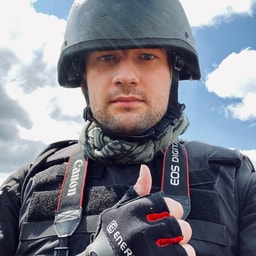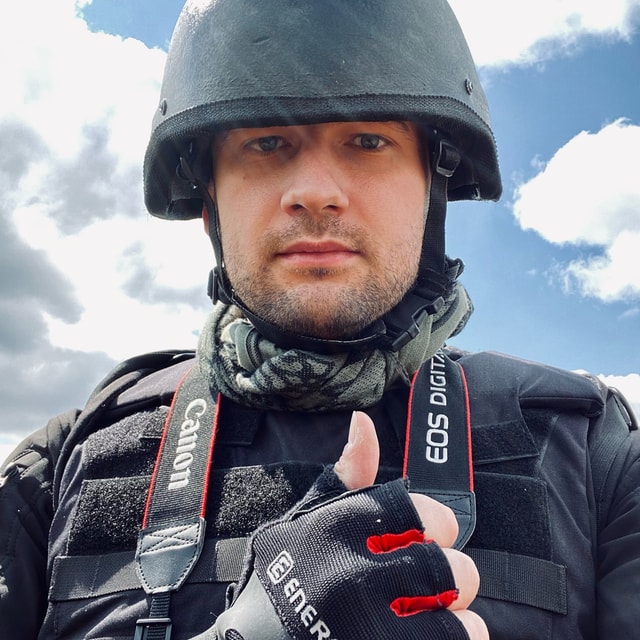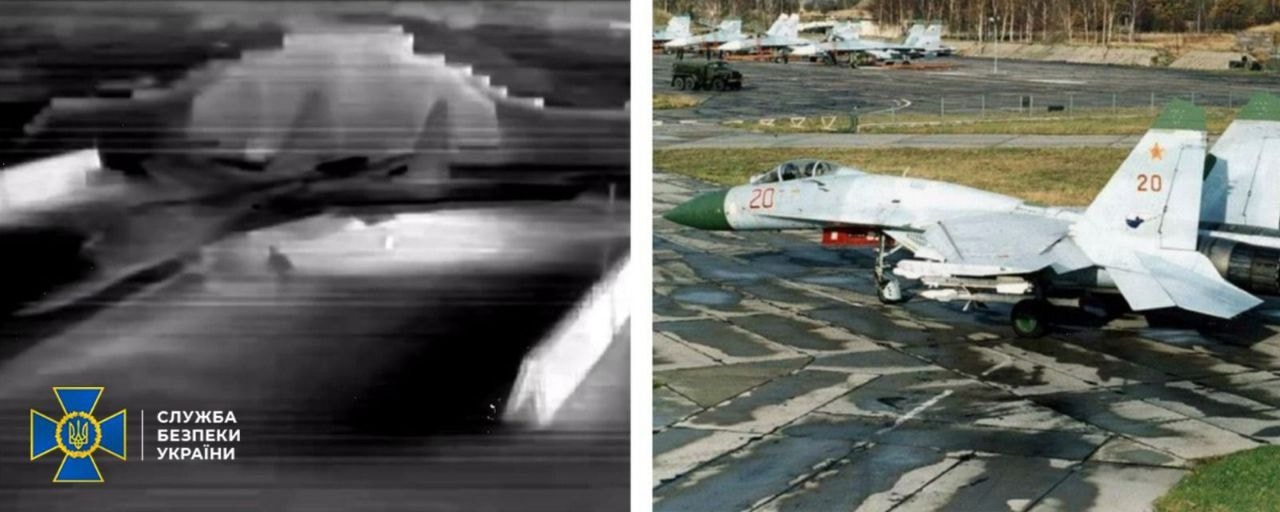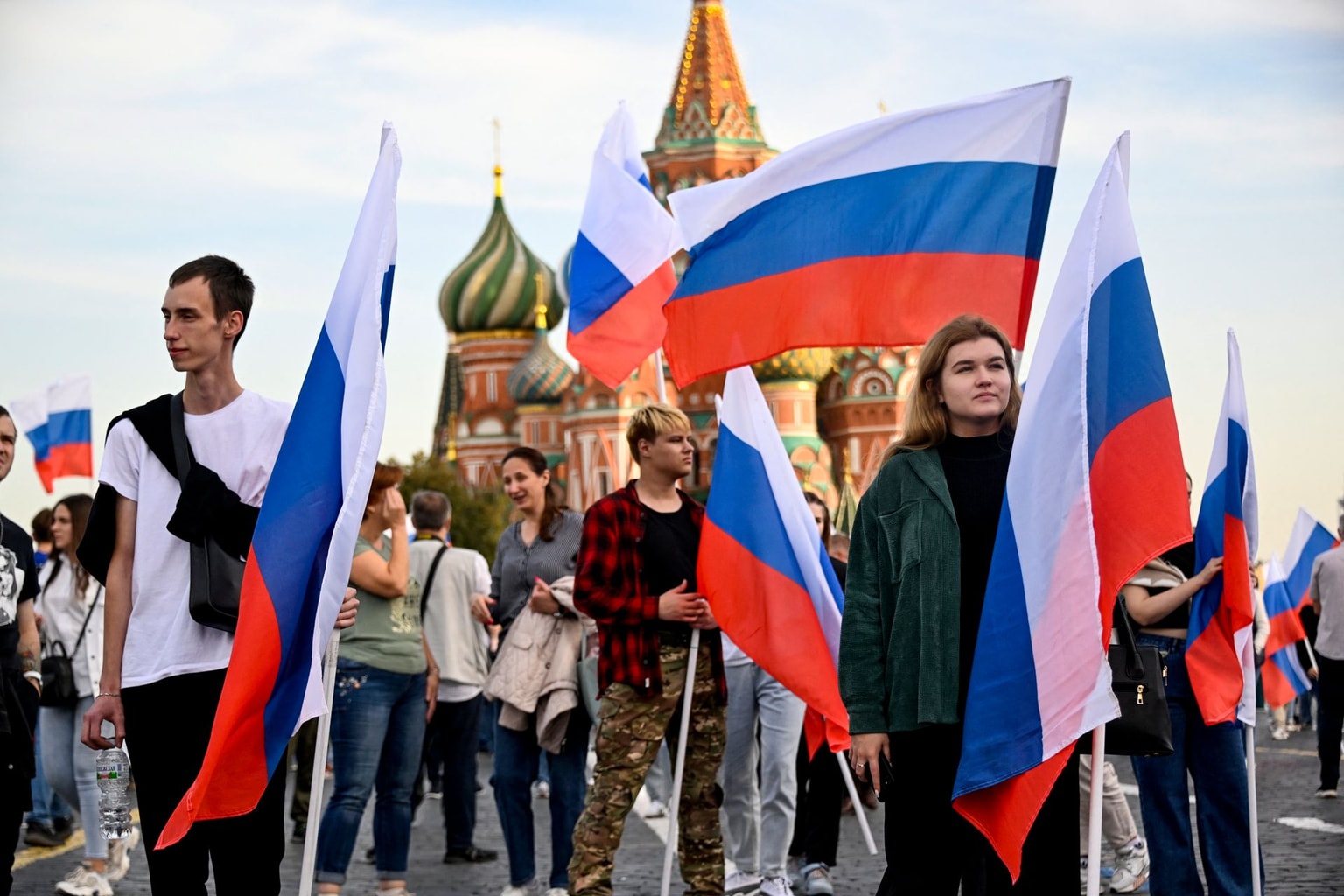Kremlin drafts pacts to limit Western influence in post-Soviet countries
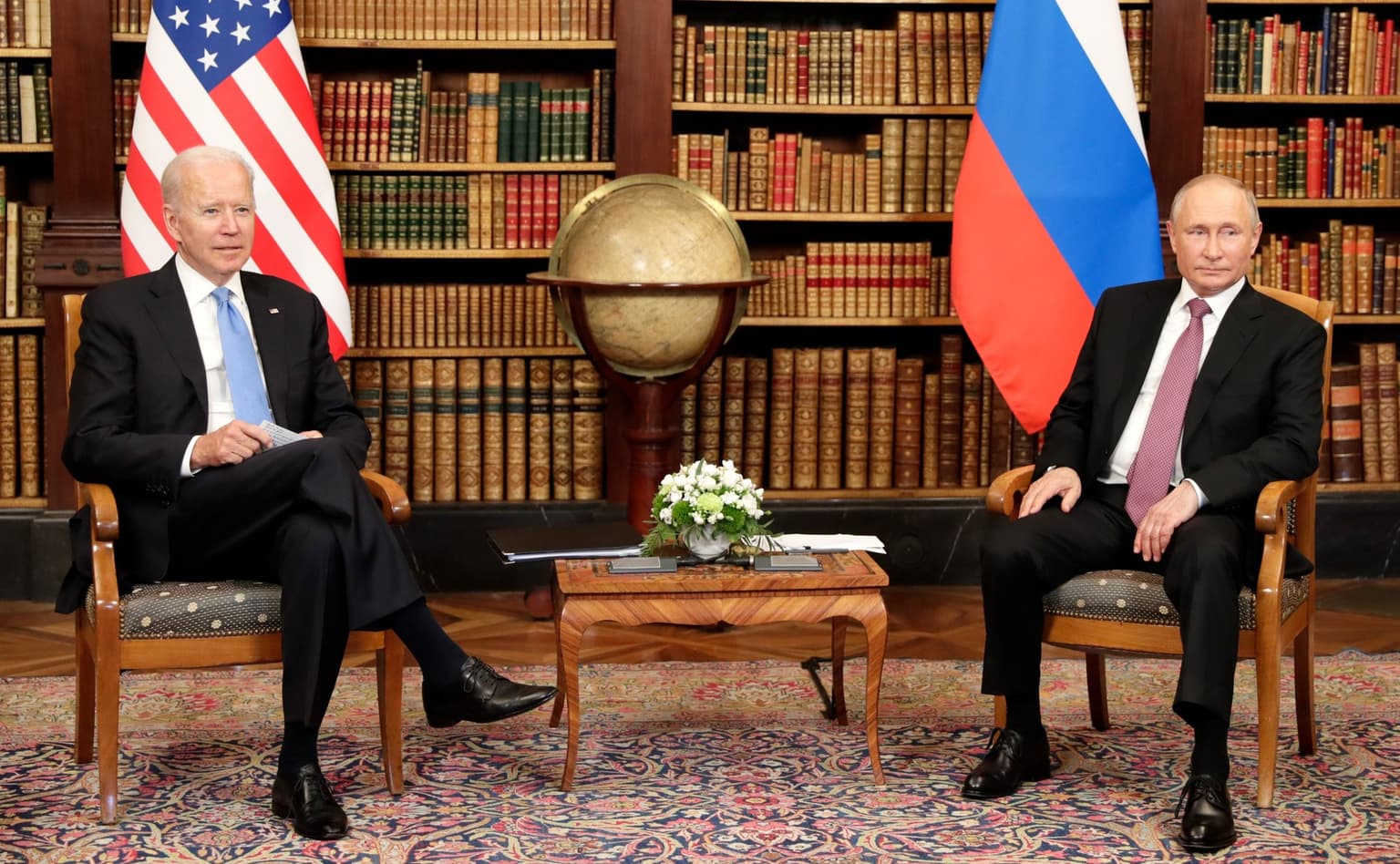
Amid the ongoing security crisis, Moscow has suggested a grant agreement with the West that de facto aims to reinstate its Cold War time exclusive sphere of influence in Eastern Europe and also prevent Ukraine from ever joining NATO.
After voicing a series of public demands and holding negotiations with Western leaders, the Russian Foreign Affairs Ministry published two draft pacts on Dec. 17, offering to sign one with the United States and the other one with NATO.
The Kremlin’s move came following months of tensions that skyrocketed when Moscow amassed nearly 100,000 troops surrounding Ukraine in November. Western and Ukrainian intelligence assessed Russia’s actions as a threat of an all-out invasion of Ukraine.
Ukraine’s Verkhovna Rada Speaker Ruslan Spefanchuk called Russia’s demands a “violation of Ukraine’s sovereignty.”
“There can be no warnings, no wants and no wishes,” the official said on Dec. 17.
Both the U.S. and NATO reportedly confirmed receiving draft pacts from Moscow and stated they were open to dialogue about European security with Russia only if their European allies are included in the talks.
NATO pact
In a draft agreement with NATO, Moscow demands that the Alliance accepts and terminates all military activities and buildup within a very loosely outlined Russian comfort zone reaching far beyond the country’s national territory.
In particular, Russia suggests that both sides avoid incepting situations that might be deemed as a national security threat by either participant. The Kremlin also suggested installing a Cold War-style hotline to have a direct connection with the NATO leadership in case of emergencies.
The Kremlin then switches to its core demands to NATO. Russia wants all member states that joined the Alliance before May 27, 1997, not to deploy their militaries or weapons in any European countries — in addition to the military forces that had already been deployed thereby that day.
This would mean that the oldest and the most powerful NATO member states (such as the U.S., the U.K., France and Turkey) must get back to the status quo of 1997 when the Alliance signed its first major agreement of peaceful cooperation with Russia.
Besides, the provision basically prevents key NATO powers from deploying their militaries in all nations that joined NATO after 1997 — in other words, all former Warsaw Pact states or former Soviet republics such as Czechia, Poland, or the Baltic nations, which might also face the threat of Russian aggression.
In a separate article, the Kremlin demands that NATO assumes liability not to accept any new member states, including Ukraine. What’s even more, Russia wants NATO not to carry out any military activities in Ukraine and other nations in Eastern Europe, the Caucasian region, and Central Asia.
Moreover, the pact suggests that Moscow and NATO define a certain zone around their borders and near their respective allies, within which no party can hold military drills or any activities at a level higher than that of a combined arms brigade.
The pact also expects both sides to abstain from deploying ground-based, short- and medium-range missile systems in areas from which they are capable of striking the other side.
U.S. pact
The second draft pact, which has allegedly been presented to the U.S., in many ways duplicates the NATO agreement when it comes to peaceful declarations from both sides.
But Russia also demands that the U.S. assumes a formal obligation to halt any further enlargement of NATO in the east and not to accept any nations that used to be part of the Soviet Union.
Then, the U.S. must forget about establishing any new military bases in former Soviet Union nations that have not joined NATO yet, or use their infrastructure for any military activity, or even develop bilateral military cooperation.
The provision obviously points to Ukraine and Georgia, which both have suffered from Russian military incursions and therefore aspire towards joining NATO.
The Kremlin also wants to have a right to veto any U.S. military activity it doesn’t like. The draft pact suggests that both sides abstain from deploying militaries and weapons in overseas areas, whereas an agreement party might consider it as a national security threat.
It does not specify any particular territories that the Kremlin might declare sensitive to its security.
Moreover, both sides must abstain from flying strategic bombers (be it nuclear or conventional payload), or deploying any warships in any area beyond their national borders, where they are capable of striking each other’s home targets.
This would mean that the U.S. Navy and Air Force, the world’s most powerful force, must severely curtail their military activities in the Eurasian regions. Meanwhile, the Russian air and sea branches, which are way weaker, would get an undisputed dominance in their region.
All nuclear weapons deployed beyond the U.S. and Russia must be dismantled and returned home, according to the draft pact. The same applies to all infrastructure for deploying nukes abroad.
This would mean that the U.S. must withdraw their nuclear weapons from Europe, while Russia would basically do nothing in return. Upon various estimates, the U.S. deploys nearly 200 air-dropped nuclear ordinances in Germany, Italy, Turkey, and Belgium, aside from the nuke-carrying submarines roaming the global ocean. Meanwhile, Russia does not deploy any nuclear stockpile beyond its national borders, except for nuclear submarines.
Reactions from West
Jen Psaki, the White House spokesperson, reportedly confirmed the U.S. officials had been informed on the suggested pacts and were to discuss them with the European allies.
"There will be no talks on European security without our European allies and partners," Psaki said.
"We will not compromise the key principles on which European security is built, including that all countries have the right to decide their own future and foreign policy, free from outside interference," she added.
However, she said that there was no reason to believe that the U.S. and Russia would not be able to find a common ground and reach a security agreement the way two powers used to in the previous decades.
NATO Secretary General Jens Stoltenberg confirmed that the Alliance received Russia’s proposals, Ukrainska Pravda reported. He said that NATO considers establishing dialogue about European security with Russia. However, Stoltenberg added that such dialogue would involve consulting NATO’s European partners such as Ukraine.
“We confirm our support for the territorial integrity and sovereignty of Ukraine. NATO's relations with Ukraine are a matter only for Ukraine and 30 NATO allies,” Stoltenberg reportedly said.
Later on Dec. 17, NATO Deputy Secretary-General Mircea Geoana said Russia must de-escalate tensions over Ukraine as a condition for talks with the Alliance regarding the suggested agreement.
“It can all be done the moment when the Russian Federation de-escalates the situation,” the official told Bloomberg.
“It’s, in my opinion, an indispensable pre-condition to resume the dialog within the NATO-Russia Council.”
In reaction to the Western statements, Russia’s deputy foreign minister Sergey Ryabkov accused the U.S. and NATO of bringing their relations with Russia to “a dangerous critical point,” where the most urgent moves are required to de-escalate the confrontation.
“The situation is unacceptable,” the official said on Dec. 17. “It is plausibly explosive and something must be done about this.”
The recent acute security crisis unfolded in November, as Moscow was seen amassing nearly 100,000 troops surrounding Ukraine. The rapid military buildup and the Kremlin’s warlike rhetorics raised alarms in Kyiv and in the West regarding a possible escalation of Russia’s local war in the Donbas into a full-scale invasion.
According to Ukrainian intelligence, the all-out attack to occupy much of Ukraine’s territory may be launched in early 2022.
Amid the crisis, Western leaders repeatedly warned the Kremlin of devastating economic and political sanctions in the event of a new invasion of Ukraine. Shortly before its Dec. 7 video conference with Vladimir Putin of Russia, U.S. President Joe Biden vowed not to accept any “red lines” forwarded by the Kremlin regarding Ukraine’s rapprochement with NATO.
The Alliance’s Secretary-General Jens Stoltenberg during his Dec. 16 meeting with President Volodymyr Zelensky also repeatedly vowed full support of Kyiv in the wake of Russia’s threat.
